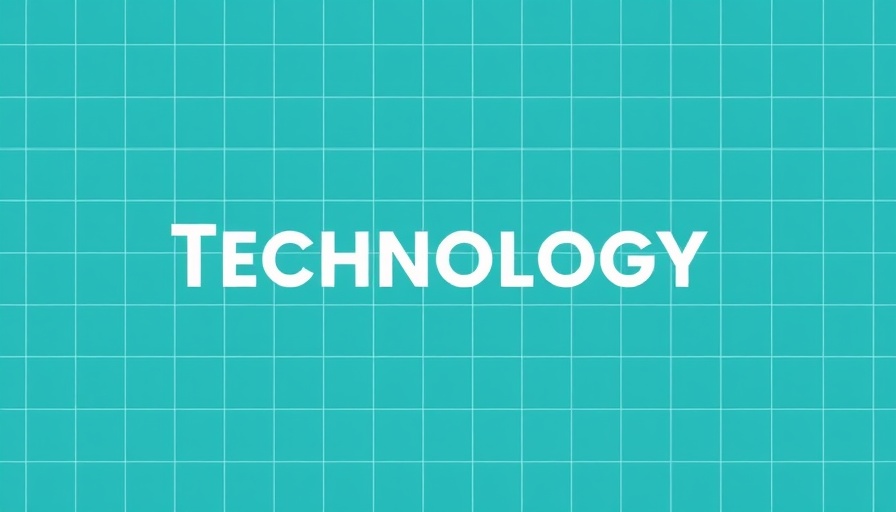
Harnessing Technology: The New Age of Customer Experience
The intersection of cloud technology and artificial intelligence (AI) is not just a passing trend; it is fundamentally reshaping customer experiences across various industries. As businesses strive to adapt to a rapidly evolving digital landscape, understanding the implications of these technologies is crucial. In this article, we explore how cloud and AI can enhance customer interaction while providing insights from industry experts on successfully navigating digital transformation.
Why Cloud and AI are Imperative for Modern Businesses
The pressure for transformation is palpable, especially for traditional brick-and-mortar companies. Many are realizing that migrating to the cloud is not just about storage or operational efficiency; it's about being able to leverage real-time data and analytics to inform strategic decisions. According to industry leaders, cloud computing serves as the backbone for deploying AI solutions that offer personalized customer interactions. For instance, companies can analyze customer behaviors and preferences, enabling them to curate tailored experiences that resonate more deeply with their audience.
Expert Insights: The Road to Digital Transformation
During an exclusive webcast featuring experts from Infosys and ADT, various strategies for undertaking digital transformation were discussed. Mohammed Rafee Tarafdar, Chief Technology Officer at Infosys, emphasized the necessity of adopting an AI-first strategy. He noted that it requires a talent transformation at scale, ensuring that employees across all levels of a company are knowledgeable about and capable of implementing AI-driven technologies. This sentiment is echoed by Sam Jaddi of ADT, who remarked that creating an agile digital infrastructure enhances not only customer experiences but also employee satisfaction, leading to improved productivity.
Breaking Down Barriers: Upskilling Employees
To fully embrace AI, companies need to invest in their workforce. Traditional training programs may not suffice; organizations must develop comprehensive programs that equip employees with digital skills relevant to AI technologies. Upskilling initiatives foster a culture of innovation, encouraging employees to see themselves as part of the organization’s digital transformation journey. This not only leads to better customer support but also a more engaged workforce that is invested in the success of their company.
The Future: AI and Cloud Trends to Watch
Looking ahead, the integration of AI and cloud solutions is poised for unparalleled growth. Predictions suggest that AI will evolve from being merely a tool for customer service to a central player in crafting personalized marketing strategies, forecasting customer needs, and enhancing operational efficiency. Additionally, as AI algorithms become more sophisticated, they will provide even deeper insights into consumer behavior, allowing companies to anticipate market trends before they materialize.
Real-World Applications: Successful Case Studies
Several companies have successfully navigated this transformative landscape, utilizing AI and cloud technologies. For example, a leading retail chain implemented a cloud-based AI system that analyzes customer purchase behavior in real time. This approach has enabled them to make quick merchandising decisions, effectively increasing overall sales and customer satisfaction. Another example includes a healthcare provider that migrated its records to the cloud, allowing for secure sharing among professionals while enhancing patient engagement through AI-driven health initiatives.
Conclusion: The Urgency to Transform
The conversation around cloud and AI is more than just boardroom chatter; it is an essential discussion for companies that wish to remain competitive. As technology continues to evolve, embedding AI into the framework of customer relations will distinguish leading companies from their competitors. The urgency for business leaders is clear: those who adopt these transformative technologies will not only satisfy modern consumers but set the stage for sustainable growth in a digital-first economy.
 Add Row
Add Row  Add
Add 
 Add Element
Add Element 


Write A Comment